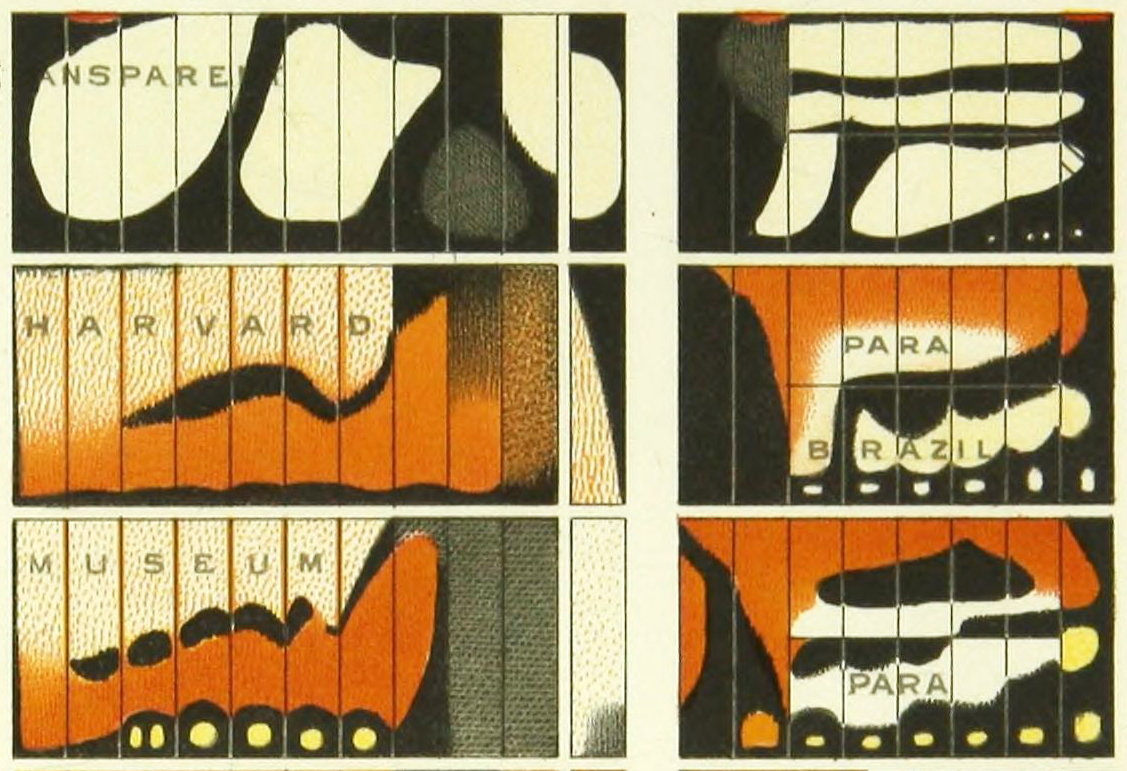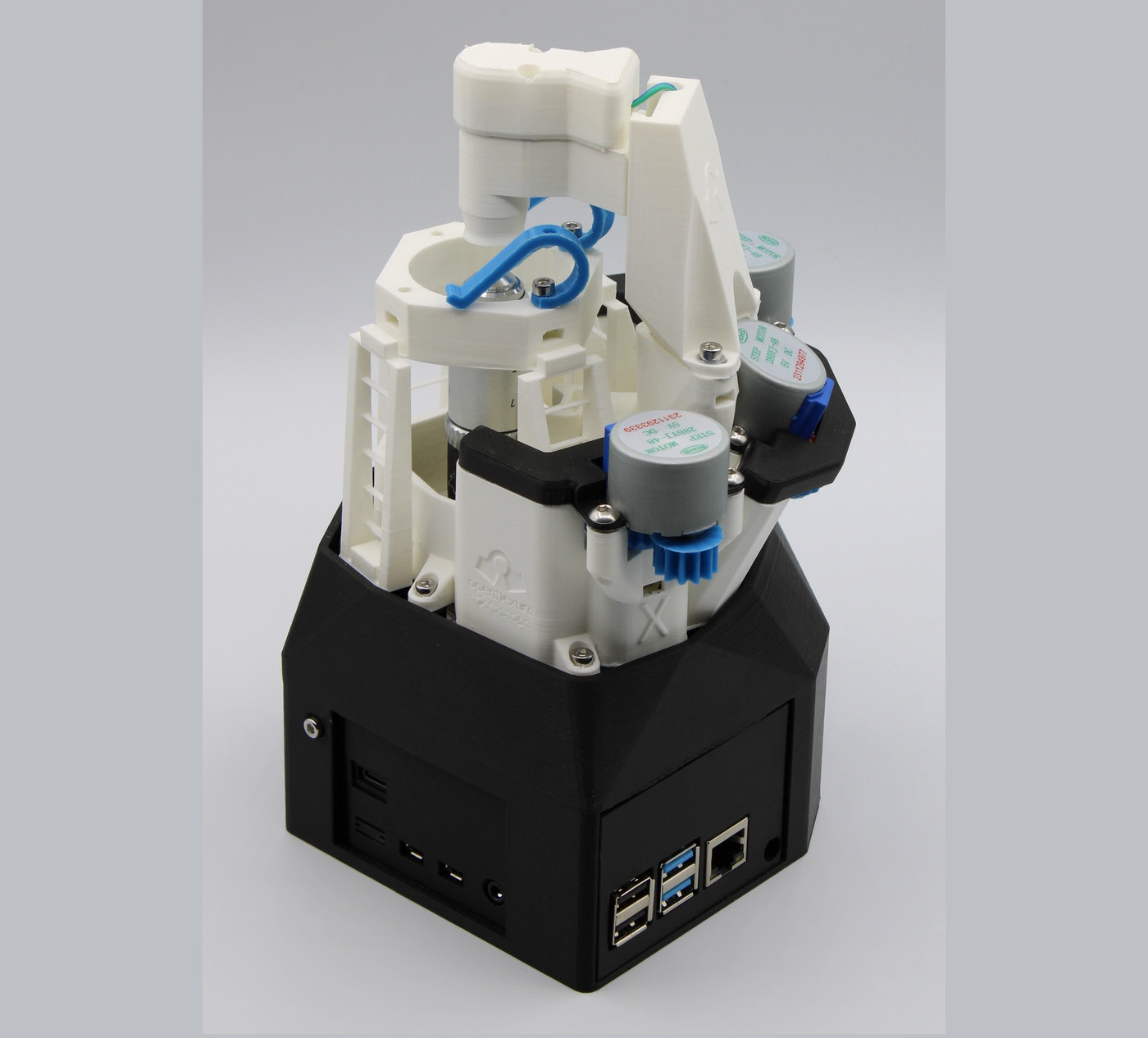Orphaning bcachefs-tools in Debian
Around a decade ago, I was happy to learn about bcache – a Linux block cache system that implements tiered storage (like a pool of hard disks with SSDs for cache) on Linux. At that stage, ZFS on Linux was nowhere close to where it is today, so any progress on gaining more ZFS features in general Linux systems was very welcome. These days we care a bit less about tiered storage, since any cost benefit in using anything else than nvme tends to quickly evaporate compared to time you eventually lose on it.
In 2015, it was announced that bcache would grow into its own filesystem. This was particularly exciting and it caused quite a buzz in the Linux community, because it brought along with it more features that compare with ZFS (and also btrfs), including built-in compression, built-in encryption, check-summing and RAID implementations.
Unlike ZFS, it didn’t have a dkms module, so if you wanted to test bcachefs back then, you’d have to pull the entire upstream bcachefs kernel source tree and compile it. Not ideal, but for a promise of a new, shiny, full-featured filesystem, it was worth it.
Leave a Comment
Related Posts

There's no 'Skype' in Teams: Microsoft lets signing key for its Debian Skype repository slip gently into the night
Comment











